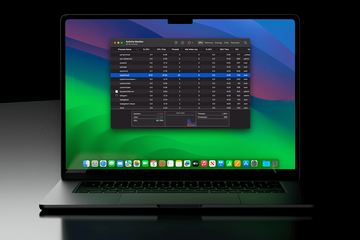With lots of Mac users struggling to sort out an issue where a process named syspolicyd uses too much CPU, here are some details that should help.
What is syspolicyd on Mac?
Mac computers are terrific in so many ways, but they aren’t immune to performance issues. In most situations, this isn’t due to a lack of processing capacity on board; it’s largely because of misconfigurations at the level of third-party apps that make certain system daemons go haywire. This can be an upshot of software components gone obsolete or missing, in which case a supervising background worker keeps trying to access it, to no avail. When stuck in that kind of a loop, the process will be chugging the central processing unit and memory continuously. This isn’t necessarily the only root cause, but it’s a very common encounter. One oft-reported example of such a scenario relates to syspolicyd, a daemon that suddenly starts monopolizing CPU resources and then maintains the grip non-stop.
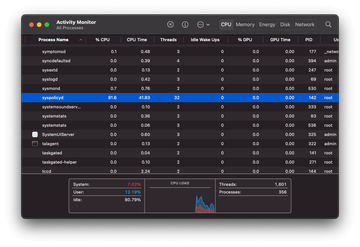
To understand the whys and wherefores of this drag, let’s see what syspolicyd is intended for. It is part of Gatekeeper, a security feature that makes sure applications downloaded from the internet have valid code-signing certificates, didn’t undergo modifications after installation, don’t fall under a blacklist of known malware, and are therefore safe to run on a machine. Launched in early 2012 with OS X Lion 10.7.3 release, Gatekeeper is still an essential element of macOS defenses at the time of writing. The related daemon, syspolicyd, originally assessed programs before execution, but its chores went far beyond that over the years. Today, it also performs security checks of apps’ kernel extensions (or kexts), which give software engineers the privileges to load their code right into the operating system kernel and thereby widen macOS functionality.
The syspolicyd high CPU virus may re-infect your Mac multiple times unless you delete all of its fragments, including hidden ones. Therefore, it is recommended to download Combo Cleaner and scan your system for these stubborn files. This way, you may reduce the cleanup time from hours to minutes.
Download Now Learn how Combo Cleaner works. If the utility spots malicious code, you will need to buy a license to get rid of it.Another area where syspolicyd plays a role is keeping a record of legacy applications installed on the computer. Without regular updates and patches, such software gets vulnerabilities that cybercriminals can exploit to deposit malicious code onto the system. In macOS 10.14 Mojave and later, the process in question additionally fulfills software notarization checks. By and large, with an entity as multifunctional as that, there are potentially plenty of conditions that will make it act up. Sometimes deprecated kexts are the culprits. It’s also possible that a kernel extension is prohibited from running in System Preferences (renamed to System Settings in macOS 13 Ventura and onward). Either way, syspolicyd fails to access such objects but won’t stop trying, which causes it to devour the CPU. This, in turn, leads to battery drain, Mac performance impact, overheating, and noisy fans.
Syspolicyd troubleshooting in macOS Console app
When addressing the problem, you should prioritize a search for kexts that don’t work like they should. This is normally accompanied by system errors, but not ones the user can see in pop-up dialogs. Instead, such reports are listed in the Console app. Once you know what kernel extensions are causing the havoc, try to uninstall or reinstall the application they represent. Here is how to diagnose the bug:
- Open Spotlight by pressing the Command key and Spacebar simultaneously.
- Type “console” in the search area and click on the top result to open the application.
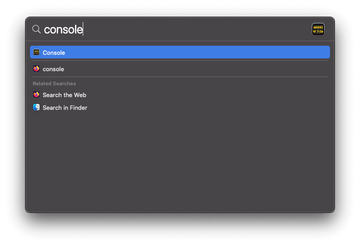
- Once the Console is opened, make sure your Mac is selected in the sidebar’s “Devices” list and click on “Start streaming” as shown in the screenshot below.
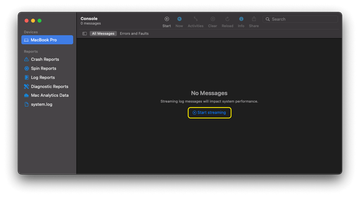
- As system messages appear in the course of the streaming process, type “syspolicyd” in the search bar to filter the results you need.
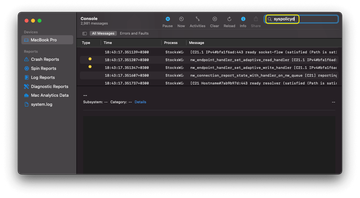
- Look for entries with a yellow dot next to them. Narrow down your lookup by spotting the lines that include phrases like “Kernel Extension Blocked” and specify faulty kexts.
- If you’ve been able to identify the kernel extensions that are acting up, go ahead and reinstall or update the application they refer to.
Some users have reported such issues being attributed to Acrobat Reader, Karabiner-Elements keyboard optimizer for Mac, and popular anti-malware suites. It’s worth emphasizing that these programs are not to blame for the bug; the problem is with outdated or deprecated kexts. In some cases, you’ll need to allow the kernel extension to run in System Preferences > Privacy & Security.
If this method doesn’t fix the syspolicyd CPU drain, proceed to the following steps that address a malware facet of the matter. On a side note, Apple has lifted the bar for the execution of kernel extensions since macOS 11 Big Sur. This happened because these objects are sort of over-privileged and can expose a system to extra risk. It’s within the realms of possibility that syspolicyd is consuming too much processing power due to vulnerable or outright malicious kexts it tries to check recurrently. If so, you’ll need to purge your Mac of such unsafe software using the following steps.
Syspolicyd high CPU virus manual removal from Mac
The steps listed below will walk you through the removal of this malicious application. Be sure to follow the instructions in the specified order.
Expand the Go menu in your Mac’s Finder bar and select Utilities as shown below.
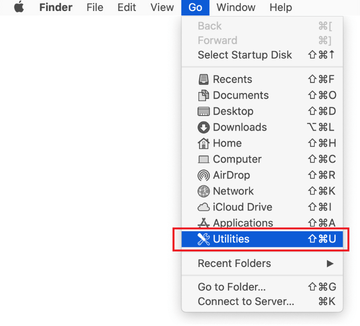
Locate the Activity Monitor icon on the Utilities screen and double-click on it.
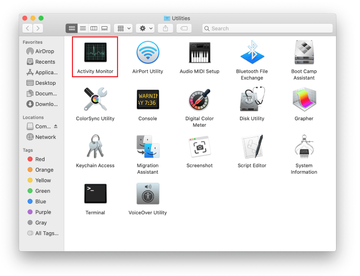
In the Activity Monitor app, look for syspolicyd or another process that appears suspicious. To narrow down your search, focus on unfamiliar resource-intensive entries on the list. Keep in mind that its name isn’t necessarily related to the way the threat is manifesting itself, so you’ll need to trust your own judgement. If you pinpoint the culprit, select it and click on the Stop icon in the upper left-hand corner of the screen.
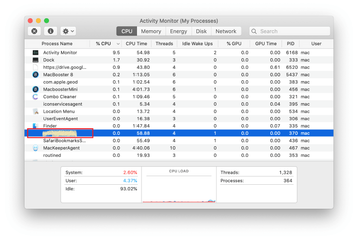
When a follow-up dialog pops up asking if you are sure you want to quit the troublemaking process, select the Force Quit option.
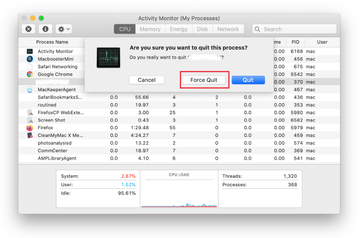
Click on the Go menu icon in the Finder again and select Go to Folder. You can as well use the Command-Shift-G keyboard shortcut.

Type /Library/LaunchAgents in the folder search dialog and click on the Go button.
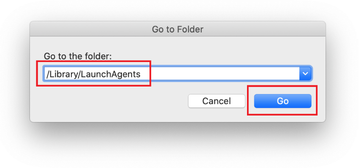
Examine the contents of the LaunchAgents folder for dubious-looking items. Be advised that the names of files spawned by malware may give no clear clues that they are malicious, so you should look for recently added entities that appear to deviate from the norm.
As an illustration, here are several examples of LaunchAgents related to mainstream Mac infections: com.updater.mcy.plist, com.avickUpd.plist, and com.msp.agent.plist. If you spot files that don’t belong on the list, go ahead and drag them to the Trash.
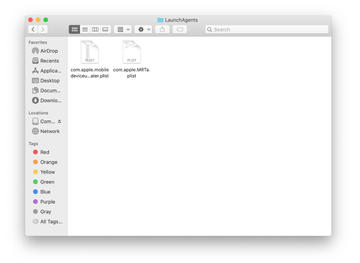
Use the Go to Folder lookup feature again to navigate to the folder named ~/Library/Application Support (note the tilde symbol prepended to the path).
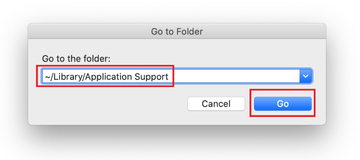
When the Application Support directory is opened, identify recently generated suspicious folders in it and send them to the Trash. A quick tip is to look for items whose names have nothing to do with Apple products or apps you knowingly installed. A few examples of known-malicious folder names are ProgressSite and IdeaShared.
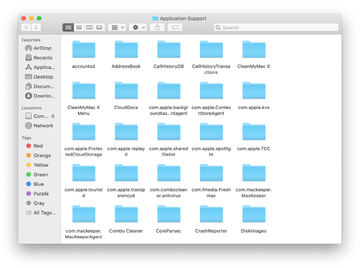
Enter ~/Library/LaunchAgents string (don’t forget to include the tilde character) in the Go to Folder search area.
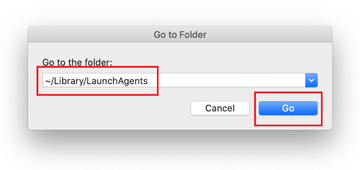
The system will display LaunchAgents residing in the current user’s Home directory. Look for dodgy items related to rogue syspolicyd process (see logic highlighted in subsections above) and drag the suspects to the Trash.
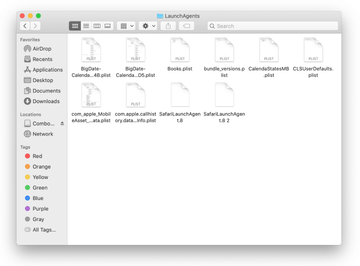
Type /Library/LaunchDaemons in the Go to Folder search field.
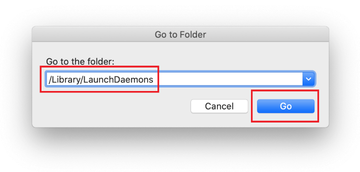
In the LaunchDaemons path, try to pinpoint the files the malware is using for persistence. Several examples of such items cropped by Mac infections are com.apple.sysmond.plist, com.startup.plist, and com.ExpertModuleSearchDaemon.plist. Delete the sketchy files immediately.
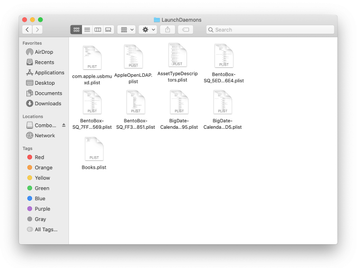
Click on the Go menu icon in your Mac’s Finder and select Applications on the list.

Find the entry for an app that clearly doesn’t belong there and move it to the Trash. If this action requires your admin password for confirmation, go ahead and enter it.
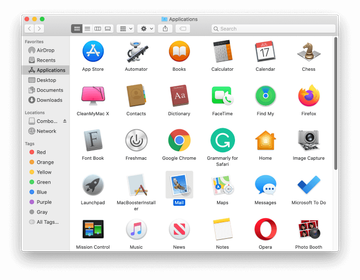
Expand the Apple menu and select System Preferences.
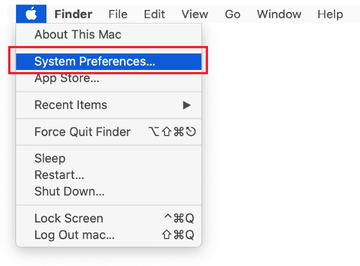
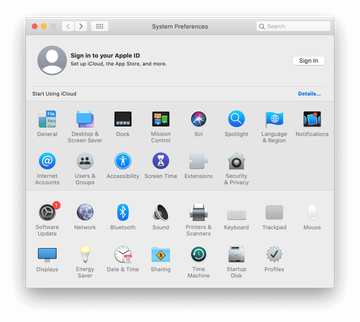
Proceed to Users & Groups and click on the Login Items tab.
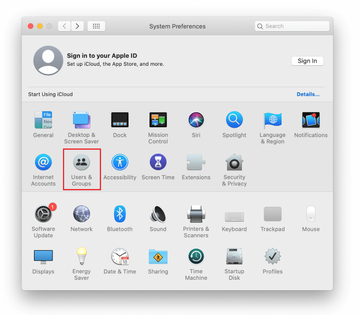
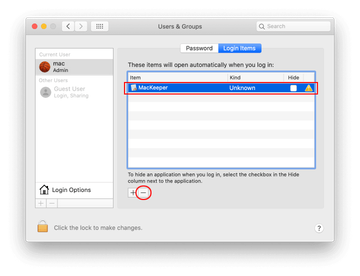
Now select Profiles under System Preferences. Look for a malicious item in the left-hand sidebar. Several examples of configuration profiles created by Mac adware include TechSignalSearch, MainSearchPlatform, AdminPrefs, and Safari Settings. Select the offending entity and click on the minus sign at the bottom to eliminate it.
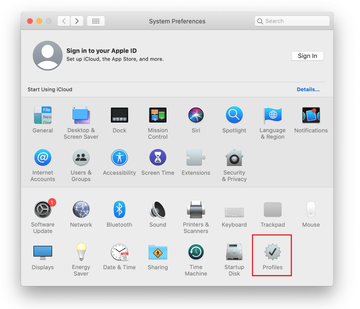
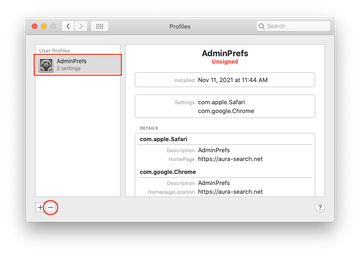
Get rid of syspolicyd problem in web browser on Mac
To begin with, the web browser settings taken over by the syspolicyd copycat malware should be restored to their default values. Although this will clear most of your customizations, web surfing history, and all temporary data stored by websites, the malicious interference should be terminated likewise. The overview of the steps for completing this procedure is as follows:
- Remove syspolicyd virus on Safari
- Open the browser and go to Safari menu. Select Preferences in the drop-down list.
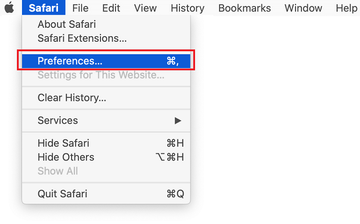
- Once the Preferences screen appears, click on the Advanced tab and enable the option saying “Show Develop menu in menu bar”.
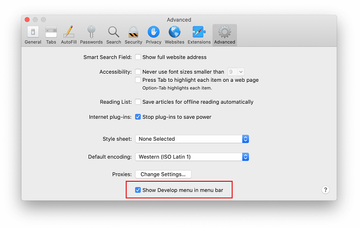
- Now that the Develop entry has been added to the Safari menu, expand it and click on Empty Caches.
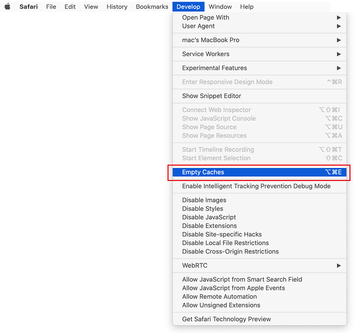
- Now select History in the Safari menu and click on Clear History in the drop-down list.
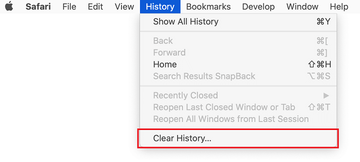
- Safari will display a dialog asking you to specify the period of time this action will apply to. Select all history to ensure a maximum effect. Click on the Clear History button to confirm and exit.

- Go back to the Safari Preferences and hit the Privacy tab at the top. Find the option that says Manage Website Data and click on it.

- The browser will display a follow-up screen listing the websites that have stored data about your Internet activities. This dialog additionally includes a brief description of what the removal does: you may be logged out of some services and encounter other changes of website behavior after the procedure. If you’re okay with that, go ahead and click on the Remove All button.
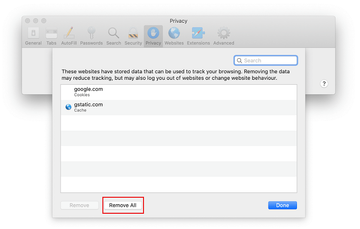
- Restart Safari
- Open the browser and go to Safari menu. Select Preferences in the drop-down list.
- Remove syspolicyd virus on Google Chrome
- Open Chrome, click the Customize and control Google Chrome (⁝) icon in the top right-hand part of the window, and select Settings in the drop-down
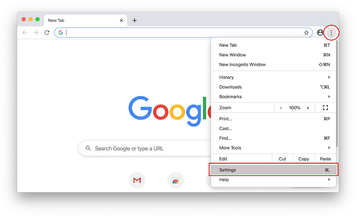
- When on the Settings pane, select Advanced
- Scroll down to the Reset settings section.
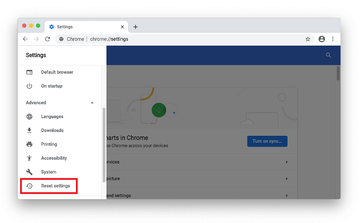
- Confirm the Chrome reset on a dialog that will pop up. When the procedure is completed, relaunch the browser and check it for malware activity.
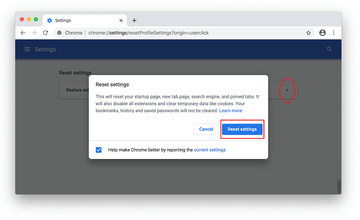
- Open Chrome, click the Customize and control Google Chrome (⁝) icon in the top right-hand part of the window, and select Settings in the drop-down
- Fix syspolicyd problem on Mozilla Firefox
- Open Firefox and go to Help – Troubleshooting Information (or type about:support in the URL bar and press Enter).
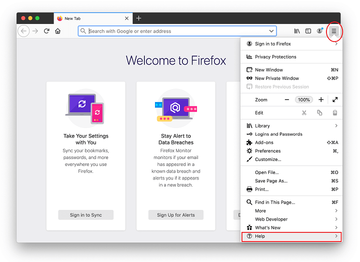

- When on the Troubleshooting Information screen, click on the Refresh Firefox button.
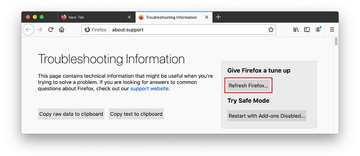
- Confirm the intended changes and restart Firefox.
- Open Firefox and go to Help – Troubleshooting Information (or type about:support in the URL bar and press Enter).
Fix syspolicyd Mac issues using Combo Cleaner removal tool
The Mac maintenance and security app called Combo Cleaner is a one-stop tool to detect and remove syspolicyd virus. This technique has substantial benefits over manual cleanup, because the utility gets hourly virus definition updates and can accurately spot even the newest Mac infections.
Furthermore, the automatic solution will find the core files of the malware deep down the system structure, which might otherwise be a challenge to locate. Here’s a walkthrough to sort out the syspolicyd issue using Combo Cleaner:
Download Combo Cleaner installer. When done, double-click the combocleaner.dmg file and follow the prompts to install the tool onto your Mac.
By downloading any applications recommended on this website you agree to our Terms and Conditions and Privacy Policy. The free scanner checks whether your Mac is infected. To get rid of malware, you need to purchase the Premium version of Combo Cleaner.
Open the app from your Launchpad and let it run an update of the malware signature database to make sure it can identify the latest threats.
Click the Start Combo Scan button to check your Mac for malicious activity as well as performance issues.
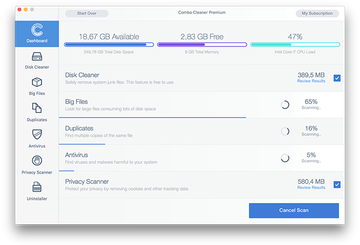
Examine the scan results. If the report says “No Threats”, then you are on the right track with the manual cleaning and can safely proceed to tidy up the web browser that may continue to act up due to the after-effects of the malware attack (see instructions above).
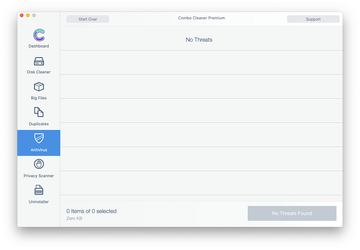
In case Combo Cleaner has detected malicious code, click the Remove Selected Items button and have the utility remove syspolicyd threat along with any other viruses, PUPs (potentially unwanted programs), or junk files that don’t belong on your Mac.
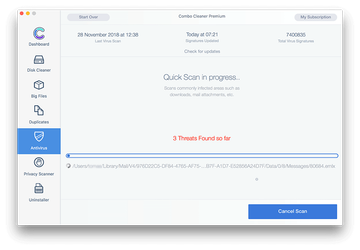
Once you have made doubly sure that the malicious app is uninstalled, the browser-level troubleshooting might still be on your to-do list. If your preferred browser is affected, resort to the previous section of this tutorial to revert to hassle-free web surfing.
